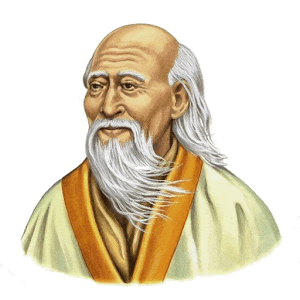Managing people in turbulence
Conflict Approach (Personal Dimension)
Is it so difficult to think with a cold head and manage people when there are conflicts? I am sure that for many, the answer will be a resounding YES (including myself), and it is not because it is an impossible mission, but because the skills for interpersonal relationships, properly manage and lead intellectual capital, among others.
It is inevitable that when thinking about conflicts, organizations need to understand how to manage them?
Thank you very much for continuing with our series of articles on coaching / leadership, if you missed the previous post, I invite you to take 10 minutes to read Boosting our interpersonal relationship skills
By nature, human beings are conflicting; But the extent to which the conflict affects our environment (or that of others), will depend on the interests we intend to reach, the needs we want to cover, or a topic of personal values. Let's look at some generalized definitions of conflict:

"It is a process in which there is opposition of interests, needs and / or unmet values" or, "Define the set, of two or more situations, which are exclusive: that cannot occur simultaneously"
CONFLICT
If we apply the above concept directly tointerpersonal conflictswe can say then that these reflect the oppositions, whether for interests, egos, opposing motivations, such as altered relations of the parties, following the claim of the rights of each of them.

Conflicts today constitute one of the most important sources of human motivation or destruction. Among the types of conflict that can be generated, I mention: .
- Attraction-attraction conflict: Having to choose between two aspects that interest us equally
- Rejection-rejection conflict: Dispute between interests, which are equally unpleasant to us
- Attraction-rejection conflict: Represents the existence of positive and negative instances, example: doubt
Being then, according to their origin, the types of conflicts in organizations:Functional or departmental conflicts, static conflicts, subculture conflicts, personal conflicts.
Friends, it is clear that two parties are needed for conflicts, my advice:Be assertive, be smart emotionally. , Assertiveness is the basis for knowing how to communicate with others, it is not about manipulating or deceiving (the manipulator is always discovered); it is about knowing oneself and to that extent acting with emotional intelligence.
I share certain assertive scripts, useful in the assertiveness stage:
| Describe the behavior: | "When you do this ... " |
| Express your feelings: | "I feel..." |
| Emphasize the other: | "I understand why you ..." |
| Negotiate a mutual change: | "It would be nice if we could ..." |
| Analyze the consequences: | "If we don't change, it could ..." |
When none of the assertive components work, my advice:avoid conflicts that affect your physical, mental and emotional well-being. Remember that you can't control how emotionally other people are emotionally.
Written by MC



